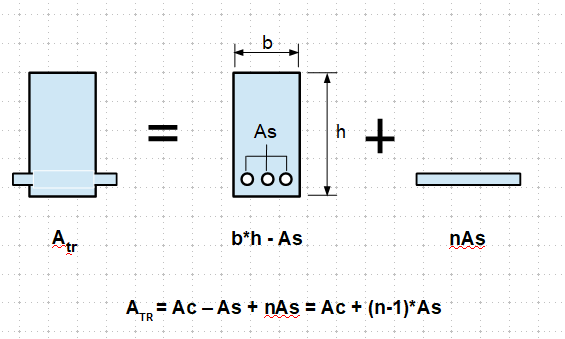I have the following problem, which I already know the general steps into solving.
My general approach is: calculate I cracked as we are already told that the section is cracked, and then finally use $My/I$ to calculate the stress.
But in order to do that I need to calculate the area of steel, so what does$ Ast = N16 @ 175mm $ centres means? My lecturer drew the following diagram but I still don't get it.
And then he did this to calculate the area:
Why do you divide to find the area of the steel? How do I interpret his diagram and his calculations? Thank you.
UPDATE:






